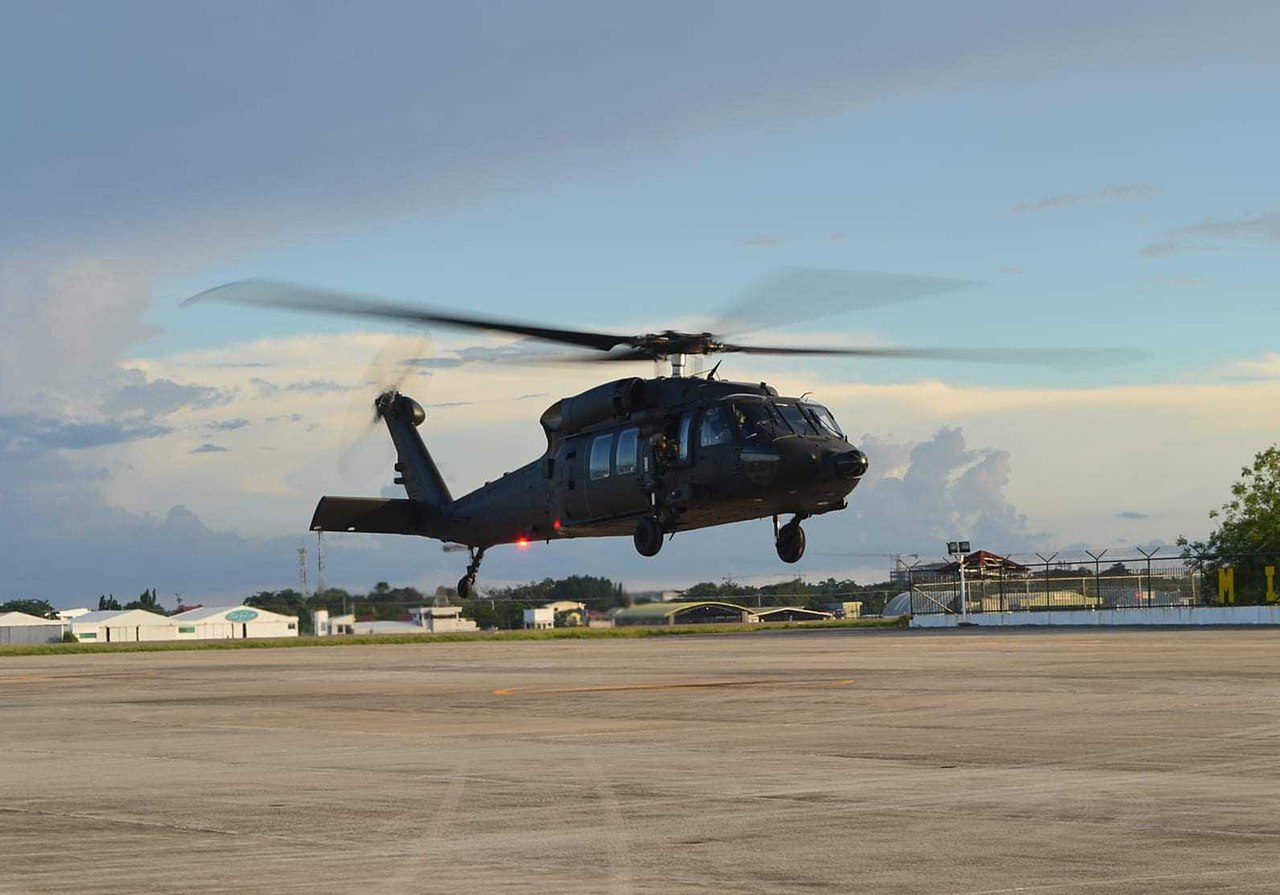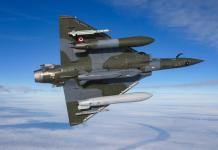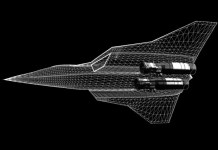Amid rising tensions with China in the hotly contested South China Sea, the Philippines is set to receive a new batch of S-70i Black Hawk combat utility helicopters, which will be inducted into the Philippine Air Force.
According to reports, American aerospace and arms company Lockheed Martin’s Polish affiliate, PZL Mielec, is preparing to deliver the first batch of a second order for more S-70i Black Hawk combat utility helicopters to the Philippine Air Force (PAF).
The Polish embassy in Manila reportedly said in a statement that the choppers are expected to be delivered in June, over two years after an agreement was reached in February 2022.
Although the Philippine Air Force (PAF) was already operating 15 units of the Polish-made S-70i “Black Hawk” combat utility helicopters, an additional contract for 32 Black Hawk helicopters in 2022 at a cost of P32 billion was signed to strengthen the country’s military transport capabilities. Part of the package includes integrated logistics support and a training package for pilots and maintenance crews.
The embassy did not specify the number of units anticipated for delivery in its post on Platform X. However, as per the original schedule, the Philippines was scheduled to receive the first five in 2023, followed by ten more in 2024, another ten units in 2025, and the last seven by 2026. The five slated for 2023 may arrive in June this year.
The additional Black Hawks by PZL Mielec 🇵🇱 for the Philippine Air Force are scheduled to be delivered to the 🇵🇭 on June 2024.
The procurement of 32 S-70i BH was made as part of the Additional Utility Helicopters (S-70i Black Hawk) Acquisition Project of the PAF. pic.twitter.com/q7IyTluKK3— PLinPhilippines (@PLinManila) March 8, 2024
Once the deliveries are completed, the Philippine Air Force will become the largest operator of the S-70i in the world. These choppers’ key functions include search and rescue, limited close air support, medical evacuation, resupply, ferrying troops and goods, and disaster relief.
The PAF is also scheduled to formally acquire the second of two US-refurbished Lockheed Martin C-130H tactical transport aircraft, which will boost its ability to ferry personnel between various peacekeeping missions. The first two C-130H were handed over to the PAF in 2021.

These acquisitions are believed to be Filipino President Ferdinand Marcos Jr’s military modernization aimed at combating regional threats, specifically in the South China Sea. The President reaffirmed his commitment to modernize the PAF as the “custodian of the skies” in July last year.
In June 2022, the service was mulling the purchase of more sophisticated FA-50 light combat aircraft, which can reach Mach 1.5 from South Korea, above and beyond the FA-50s that it purchased in 2014. The consideration followed the Korea Aerospace Industries (KAI) announcement of upgrading the range and capabilities of its FA-50 aircraft by increasing its fuel and weapons-carrying capacity.

With tension in the South China Sea at an all-time high, the Philippine Air Force (PAF) urgently needs cutting-edge fighter aircraft to protect the nation’s airspace and surrounding waters. The PAF has long desired modern fighter jets.
Philippine Ambassador to the US Jose Manuel Romualdez disclosed in December 2023 that there were discussions on the possible acquisition of F-16 fighter jets from Washington. He specifically pointed to the F-16’s adaptability and proven combat efficacy, which can handle air-to-air combat, ground attacks, and electronic warfare.
However, with no concrete decision on the F-16s, the PAF may have moved on and is known to be eyeing the Swedish Gripen multi-role fighter jets. The PAF showed renewed interest in the aircraft last month and, as per speculation, a deal could be signed between the two countries soon.
The delivery of combat utility helicopters, military transport aircraft, and the possible acquisition of an all-new fighter jet is taking place at a time when tensions with China are at an all-time high.
Widening Philippines-China Rift
President Ferdinand Marcos Jr. has cautioned that there is a greater chance of an armed confrontation between the Philipines and China in the South China Sea than there was previously. The leader has been incensed with the repeated confrontations with the Chinese Coast Guard in the West Philippines Sea.
“We worry in the Philippines because it could come from, not a strategic decision by anyone saying, ‘OK, we’re going to war,’ but just by some servicemen making a mistake, or some action that’s misunderstood,” Marcos Jr said following a major incident that took place recently.
Last week, China was accused by the Philippines of engaging in “dangerous maneuvers” in the South China Sea, causing damage to its warships and minor injuries to four Filipinos. The Philippines has warned that such actions could endanger lives.
A coast guard vessel from the Philippines was involved in two accidents with the Chinese coast guard and maritime militia vessels, resulting in minor structural damage to the hull. A Filipino national task force reported that two Chinese vessels used water cannons at the same time, shattering the windshield of a civilian supply boat and injuring at least four crew members on board with minor injuries.
More shocking footage of China blasting a small Philippines boat with dual water cannons.
This video is for anyone who thinks using water cannons isn’t a big deal. Imagine that glass shattering in your face…
— Ian Ellis (@ianellisjones) March 5, 2024
The CCG has repeatedly been making attempts to block the Philippines’ efforts at resupplying the BRP Sierra Madre, which operates as the Filipino military outpost at the disputed Second Thomas Shoal.
The United States also issued a warning noting that it was obligated to protect and defend the Philippines if it were to come under attack by China. The incident sent ripples around the world, reinstating the fact that China was unwilling to cede any ground anywhere in the disputed sea.
China asserts unquestionable control over the reef, which is situated 1,300 kilometers (808 miles) off its coast. It accused the Philippines of intruding on its territory. Despite an international arbitration panel ruling that China’s claims to the majority of the South China Sea were unfounded, Beijing continues to assert its ownership of the region.
- Contact the author at sakshi.tiwari9555 (at) gmail.com
- Follow EurAsian Times on Google News




